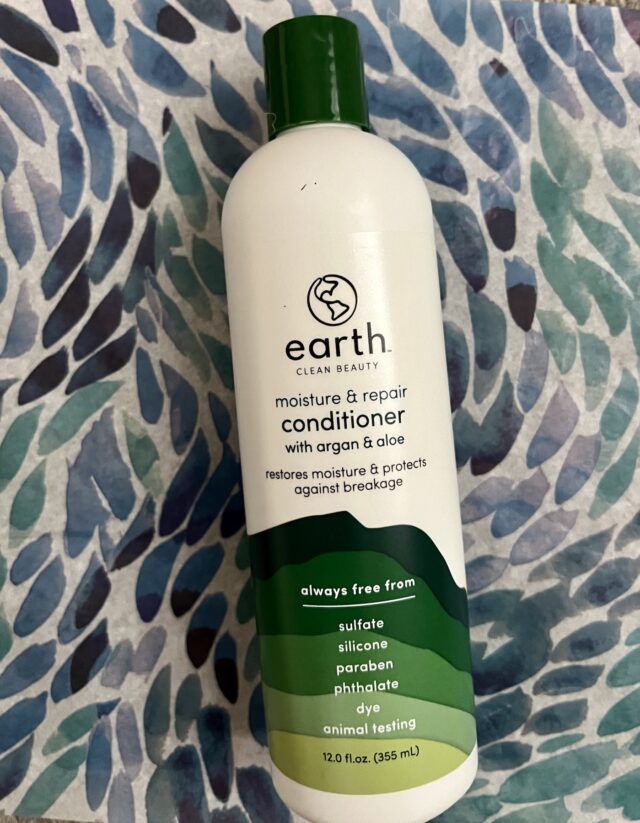Clean Beauty: What You Need To Know (Lawsuits & Trends)
Is "clean beauty" truly what it seems, or is it just another marketing ploy? The evolving landscape of the beauty industry reveals a complex interplay of consumer desires, brand promises, and legal battles, all centered around the elusive definition of "clean."
The term "clean beauty" has become a ubiquitous phrase, instantly conjuring a constellation of positive attributes in the minds of consumers. It brings to mind concepts such as natural ingredients, sustainable production, and products that are safe for both personal use and the environment. This broad appeal speaks to the undeniable allure of "clean beauty" products, capturing the attention of a health-conscious and environmentally-aware demographic.
However, the path to defining "clean" is far from straightforward. The beauty industry, much like the food industry, grapples with the lack of a universally accepted standard. What one brand considers clean, another may not. This disparity has led to a series of legal challenges and consumer confusion, forcing both retailers and manufacturers to navigate a murky terrain.
One of the most prominent recent cases involves Sephora, the beauty retail giant. On March 15, 2024, in New York federal court, Sephora successfully defended against a class-action lawsuit challenging its "Clean at Sephora" label. The plaintiffs alleged that certain products labeled as "clean" contained synthetic ingredients, thus contradicting consumer understanding of the term. The court, however, sided with Sephora, arguing that the retailer's criteria for "clean beauty" differed from the plaintiff's, but that this difference did not automatically constitute misleading practices. The court's decision highlights a crucial point: in the absence of a clear, industry-wide definition, varying interpretations of "clean" are inevitable.
This lack of standardization isn't new. Clean beauty began as a makeup trend in the 1970s, gaining momentum alongside the clean eating movement in the 1990s in California. More recently, the "goopification" of beauty, a term coined to describe the lifestyle brand led by Gwyneth Paltrow, has fueled a surge in consumer interest in cosmetic products perceived as "natural." This desire for natural products often translates into a preference for sustainably produced items, made with raw and organic ingredients.
Another prominent example of the legal battles surrounding "clean beauty" involved Native, a company known for its "natural" hair and body washes and deodorants. Native found itself in a lawsuit over the ingredients used in their products, despite their marketing of being free of sulfates and parabens. This situation exemplifies the inherent risks of the "natural" label and shows the challenges in avoiding potentially harmful ingredients, even with good intentions.
The rise of "clean beauty" has given birth to a multitude of brands and initiatives, such as Target's "Clean Seal," launched in 2019. This seal aims to assure consumers that the products are safe for the environment and personal use. As the beauty world continues to evolve, it's important to understand the different players involved in this industry, from the emerging brands to the established ones.
Beyond legal battles and marketing campaigns, the clean beauty movement also has positive impacts. Amanda Ingram, a former beauty queen and innovator, developed her own clean beauty skincare line, Laila Grace, following hormonal skincare issues. Her initiative underscores the desire for products tailored to specific needs and uses. She observed that many "clean" products had terrible results, which eventually drove her to innovate clean beauty products.
In the digital age, consumer awareness and engagement are more prevalent than ever. Platforms like TikTok are filled with discussions and reviews related to the clean beauty trend. These discussions often reveal the concerns of consumers regarding ingredients, brand claims, and the efficacy of the products. For example, one video discussed a lawsuit against the brand Function of Beauty, related to hair loss claims. The brands success stemmed from its ability to cater to the need of individual consumers.
The following table provides a concise overview of the key figures involved in the clean beauty movement, highlighting their backgrounds and contributions to the industry.
| Name | Role/Contribution | Notable Achievements | Link to Reference |
|---|---|---|---|
| Amanda Ingram | Founder, Laila Grace Clean Beauty | Created a skincare line focused on addressing hormonal skincare issues, a former beauty queen | Laila Grace Website |
| Gwyneth Paltrow | Founder, goop | Pioneered the "goopification" of beauty, influencing consumer interest in natural products | Goop Website |
| Lindsay Finster | Plaintiff in "Clean at Sephora" lawsuit | Initiated a class-action complaint against Sephora concerning the definition of "clean" in their product labeling | Court documents may be available through legal databases like Bloomberg Law |
| Founders of Beauty by Earth | Founders, Beauty by Earth | Launched the company in January 2014 with 100% organic Argan oil | Beauty by Earth Website |
| Founders of Native | Founders, Native | Producers of hair and body wash and deodorant. | Native Website |
| Founders of Function of Beauty | Founders, Function of Beauty | A lawsuit about hair loss claims was initiated. | Function of Beauty Website |
In the competitive beauty world, the concept of clean beauty represents a marketing tool as well as an ideal. This is because of the current lack of a universally accepted standard. With varying interpretations of the term, brands must be very careful. These circumstances put the spotlight on the need for transparency, clear communication, and responsible product development. Also, the legal battles highlight the difficulties that businesses face in an environment of shifting consumer values. For those in the industry, the future of "clean beauty" lies in the development of standardized definitions, more open communication, and a solid dedication to safety, environmental responsibility, and consumer health.


